The development of computers is like a fascinating story. A long time ago, people started with big, mechanical machines designed to do complex calculations. Then, in the mid-1900s, electronic computers were invented. These were huge and used lots of space. As time passed, computers became smaller and found their way into homes and offices. You might remember the big, boxy computers from the 1990s! Eventually, computers became even smaller and smarter, leading to the birth of smartphones and tablets that we use today.
The history of computers was like a series of big leaps, each making computers smaller, faster, and smarter. Now computers are often categorized into different generations namely: First generation, Second generation, Third generation, Fourth generation, and Fifth generation, based on their technological advancements and capabilities. Here we have briefly discussed the Second Generation of Computers and its examples, advantages & disadvantages below in the article.
Second Generation of Computers
The Second Generation of Computers refers to the period in the 1950s and 1960s when computers transitioned from using vacuum tubes (First Generation) to transistors. Transistors are smaller, more reliable, and generate less heat than vacuum tubes. This shift made computers smaller, faster, and more affordable. These computers were still quite large and mainly used by businesses, universities, and government agencies for tasks like calculations and record keeping.
The second generation of Computers used assembly languages like COBOL, making it easier to write programs. Magnetic core memory was also used for data storage, improving the speed and reliability of information processing. They marked a significant improvement in computer technology, paying the way for further advancements in the future. This era laid the foundation for modern technologies and programming concepts that are still relevant today.
Invention of Transistors
The transistors are tiny electronic devices that act as switches or amplifiers in electronic circuits. They are the fundamental building blocks of modern electronic devices, including computers and smartphones. Transistors were invented in 1947 by physicists John Bardeen, Walter Brattain, and William Shockley at Bell Labs in the United States. Their invention marked a significant advancement in electronics, leading to the development of smaller, more efficient, and reliable electronic devices, including the Second Generation of Computers in the 1950s and 1960s. Later, they were used in the building of computers, replacing the vacuum tubes.
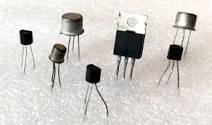
First Computer to Use Transistors
The TX-0, short for transistorized experimental computer Zero, was one of the first computers to use transistors rather than vacuum tubes. It was developed at the Massachusetts Institute of Technology (MIT) and became operational in 1956. The TX-0 was a groundbreaking computer for its time because it utilized around 3,600 point-contact transistors, making it one of the earliest transistorized computers in the world. The TX-O was primarily used for research and experimentation, and it played a significant role in the development of early computer graphics. It was influential in the evolution of computer technology and contributed to the advancement of computing capabilities during the transition from vacuum tubes to transistors.
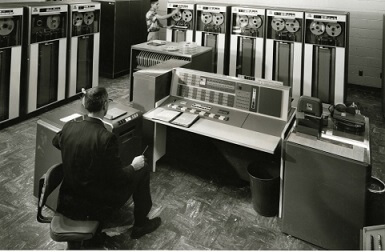
Features of Second-Generation Computers
Second-generation computers, which emerged in the late 1950s and lasted until the mid-1960s, had several distinctive features. These features marked a significant advancement in computer technology, paving the way for further developments in the following generations.
- Transistors: Secon-generation computers replaced vacuum tubes with transistors. Transistors were smaller, more reliable, and generated less heat compared to vacuum tubes, making computers more efficient and compact.
- Magnetic Core Memory: These computers used magnetic core memory as the primary storage medium. Magnetic cores were faster and more reliable than the earlier drum memories, allowing for quicker access to stored information.
- Assembly Language Programming: Second-generation computers were typically programmed in assembly language, which is a low-level programming language specific to the hardware architecture. This allowed for more efficient use of the computer’s resources.
- Batch Processing: Second-generation computers primarily used batch processing systems. In batch processing, tasks are grouped together and processed in batches without user interaction. This approach was more efficient for large-scale efficient for large-scale data processing.
- Improved Speed and Reliability: Transistors and magnetic core memory significantly improved the speed and reliability of second-generation computers compared to their first-generation counterparts.
- Reduction in Size: Second-generation computers were smaller and more compact than first-generation computers, partly due to the use of transistors instead of bulky vacuum tubes.
Examples of 2nd Generation Computers
In this section, we are providing some of the examples of the Second Generation Computers. IBM 1401, IBM 1620, IBM 7090, IBM 7094, CDC 1604, CDC 3600, and UNIVAC 1108 are examples of 2nd generations of computers. We have explained some of the examples for your reference.
IBM 1401
IBM 1401 was introduced in 1959, it was a popular second-generation computer used for business and scientific applications. IBM 1401 featured transistors for logic circuits and magnetic core memory, making it more reliable and faster than its predecessors.
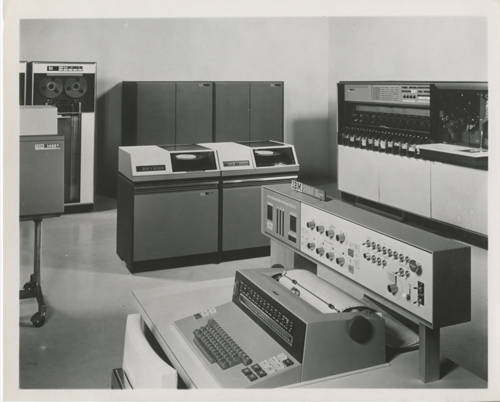
IBM 7090
The IBM 7090 was launched in 1959, it was a mainframe computer and an early example of second-generation computing. IBM 7090 used transistors for logical circuits and magnetic core memory for storage.
UNIVAC 1107
The UNIVAC 1107 was introduced in 1962, it was a second-generation computer that utilized transistors and magnetic core memory. UNIVAC 1107 was used for scientific and engineering applications.
CDC 1604
The CDC 1604 was a 48-bit computer invented by Seymour Cray and his team at the Control Data Corporation (CDC). This computer is known as one of the first commercially successful transistorized computers. It is believed that the 1604 design was chosen by adding CDC’s first street address to Cray’s former project, the ERA-UNIVAC 1103.
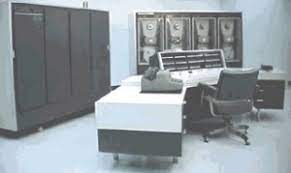
Burroughs B5000
Burroughs B5000 was a mainframe computer that was introduced in 1961. The system used a stack-based architecture, which made it very efficient for running languages such as COBOL and ALGOL. As a result of the B5000’s hardware-managed memory protection unit, programs were more reliable and secure than ever before.
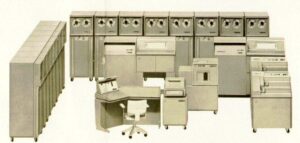
Some other examples of Second-Generation Computers are-
- CDC 3600
- DEC PDP-1
- Honeywell 400
Advantages of 2nd Generation Computers
Now that we know all about second-generation computers, let us move toward these advantages. Some of the major advantages of the Second Generation of Computers are-
- Smaller in Size: Second-generation computers were more compact and less bulky than the first-generation machines, making them easier to install and manage in limited spaces.
- Improved Reliability: These computers were more dependable due to the replacement of vacuum tubes with transistors, which significantly reduced the chances of frequent failures.
- Lower Power Consumption and Heat Generation: Transistors required less electrical power to operate and produced much less heat, making the system more energy-efficient and cooler during long operations.
- Faster Processing Speed: The use of transistors also led to a significant increase in processing speed, allowing the computers to perform tasks and calculations much more quickly than earlier models.
- Enhanced Accuracy and Portability: Second-generation computers provided more precise results and were easier to move and relocate due to their smaller size and reduced weight compared to the first generation.
Disadvantages of 2nd Generation Computers
Although the Second-generation computers were of great use and help they also had their demerits. Some of the major disadvantages of the Second Generation Computers are listed below.
- The Second Generation Computers required frequent maintenance.
- They generated less heat but still required a cooling system.
- The commercial production of these computers was difficult.
- These computers could only be used for some specific purpose.
- Punch Cards were used by these computers for input.

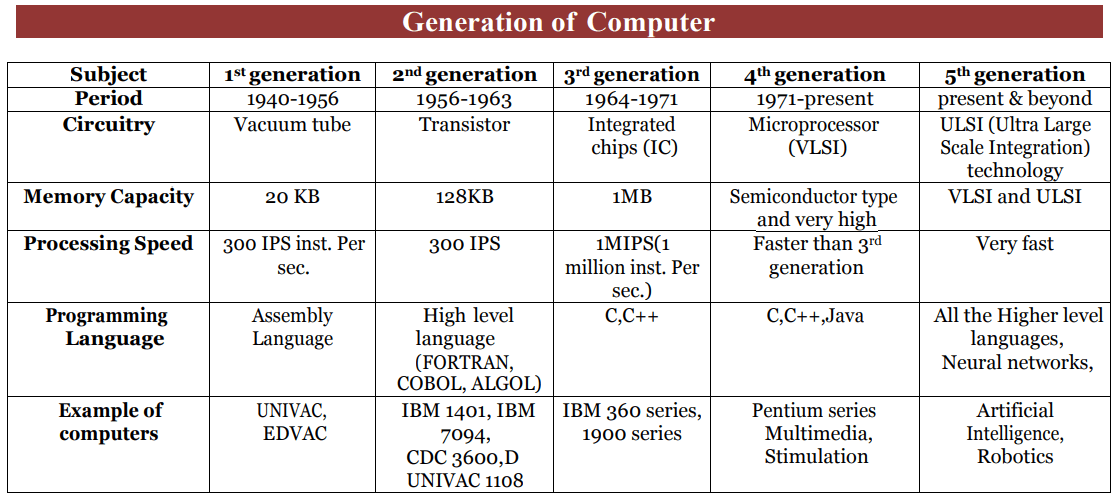

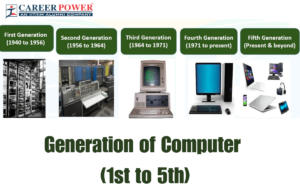 Generation of Computers 1st, 2nd, 3rd, 4...
Generation of Computers 1st, 2nd, 3rd, 4...
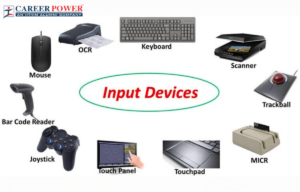 Input Devices of Computer: Definition, F...
Input Devices of Computer: Definition, F...
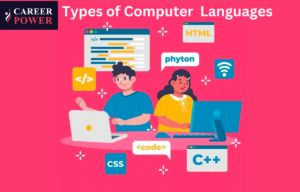 Computer Languages and it's Types
Computer Languages and it's Types













